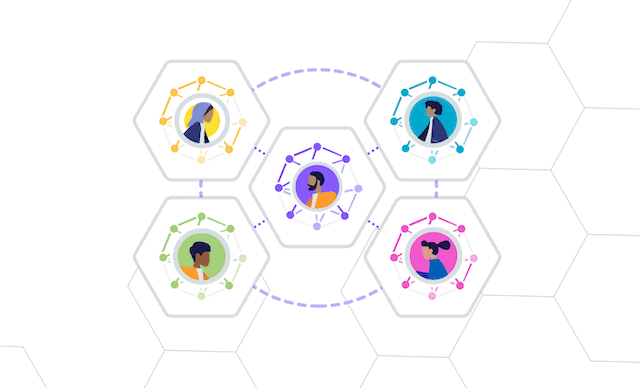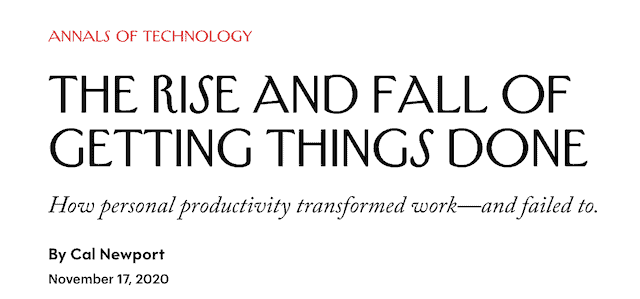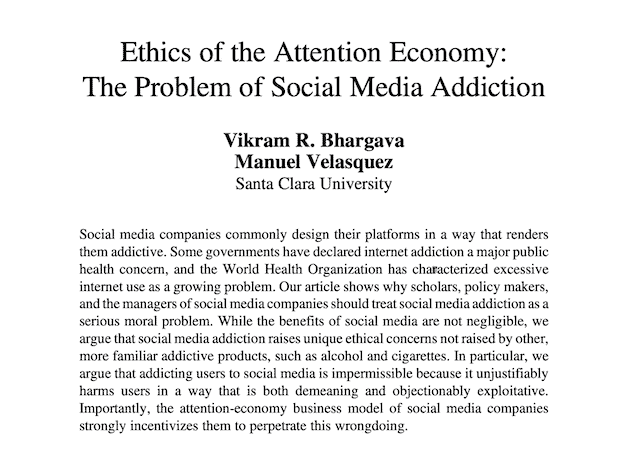
Not long ago, I received a note from a reader named Shandel who wanted to share her experience with social media. She began by noting that she used to “love” these services:
I loved meeting new people and adding them to my friends list. It was a thrill!…I joined a running group and felt super cool to be posting with them and to be tagged in their photos. I was proud of my life and wanted to show it off.”
Then, like many, she began to feel “some unrest.” She worried that she was looking at photos of her kids more than she looked at them in real life, and found herself adjusting her family like models to produce better posts. She started to feel creeped out that “friends” were commenting on these photos even though they’d never actually met.
A breaking point came when the family car got stuck in the snow. Shandel’s instinct was to jump out and begin filming her husband’s efforts to free the tires, as it seemed like a scene that could yield a good haul of likes. “Can you help me!?”, he finally called out in exasperation.






